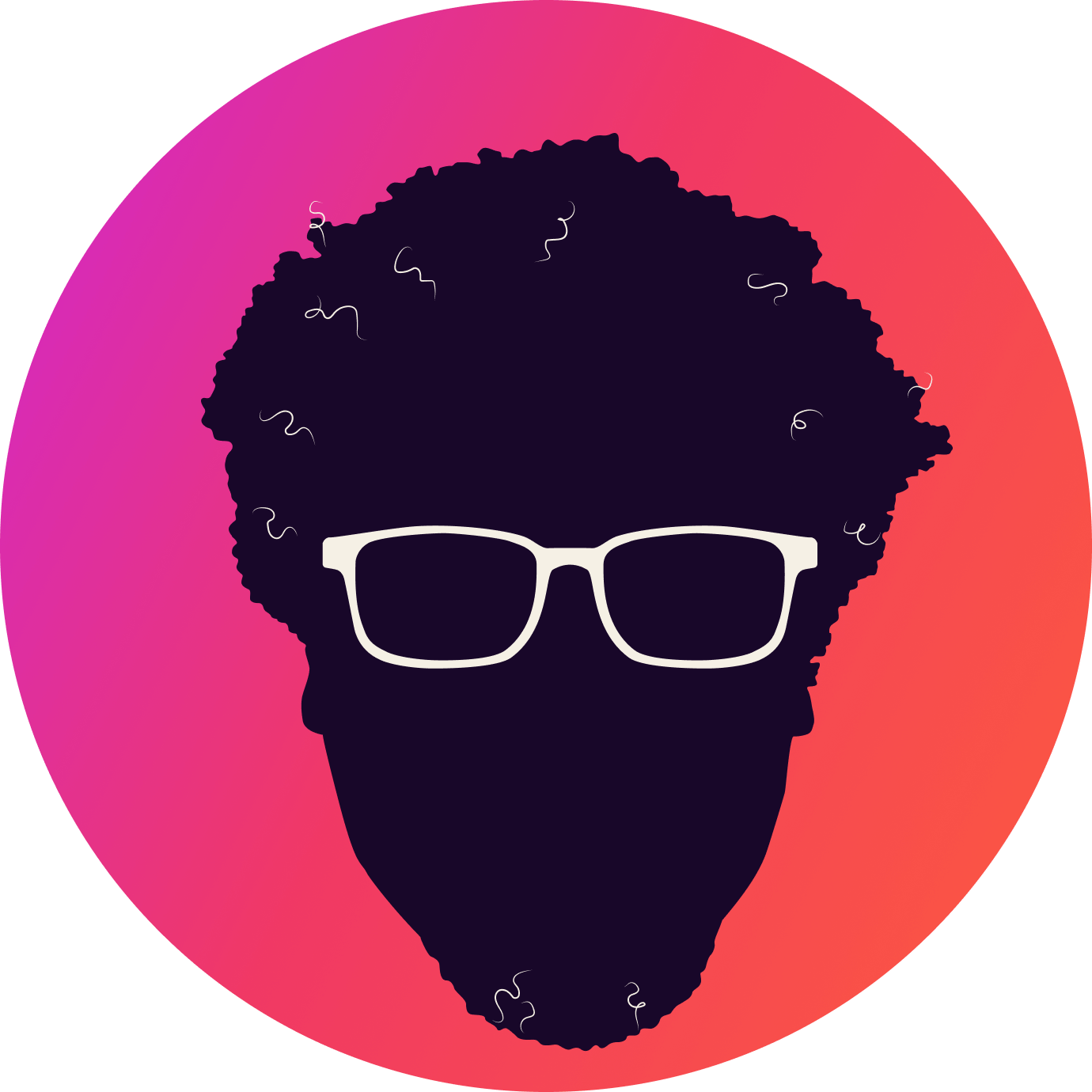Migrating
My friend recently made the big shift from Android to the iPhone. As I celebrated her finally joining the blue text messages club and her ability to join family albums, use share play, and so many other iOS features, we had to start with the very first step. Migration.
I’m not the average Apple customer. As a developer and tech enthusiast, I read about features before they get released, tune in to every announcement, and regularly run beta versions of iOS. I typically keep a Google Pixel phone around to keep up on Android trends and test applications we build for our customers, but I have never used Apple’s migration application, so I must admit that I was giddy with excitement to see just how well it truly works.
The process could not have been simpler. The new iPhone presented us with a QR code we scanned with the Android phone to download the Move to iOS app from the Google Play store. Once downloaded, it asked us for a one-time code that appeared on the iPhone. After that, we received a few warnings about the access the move to iOS app requested but other than that, it was a click and wait. The download began at nearly 3 hours but, in reality, took closer to 30 minutes. Once migrated, we chucked the Android phone in a corner (joking!!) and completed the iOS setup process. If you have upgraded iOS on an iPhone you know the standard options like setting up Siri and Face ID.
The migration was pretty remarkable in how deeply it copied everything over. It moved over messages, loaded contacts, preconfigured email, calendar, photos, pre-downloaded all of her apps, and even managed to maintain the ring tones and text sounds from her Android phone. She was literally able to pick up the phone and begin using it without skipping a beat.
Once the phone was up and running, I sat, hoping to see how she experienced the dynamics of a much cleaner and easier-to-use phone.
I tried my best to avoid pressing buttons and jumping in – but I did way too much of that. But what I witnessed surprised me – decades of software updates had made many features that felt normal to me unwelcoming or complex. So much of what I wondered to be intuitive really came from my years and years of using iOS devices.
Features like swiping to search or control center become things that imagine many users may never really discover. I notice this same dynamic often at Mindgrub when new employees moved from Windows to macOS for the first time. I often take screenshots or use Quick Look to view previews while searching for a particular file.
Many of these things are both easy and so so hard. As iOS and macOS have grown layers and layers have caked on top of each other, and the layers have made us forget that things are no longer as easy or intuitive as they once were.
Migrating was a fascinating reminder to stop and think of the long journey all software takes and remind ourselves of the difference between common knowledge or common intuitiveness and learned intuitiveness.
